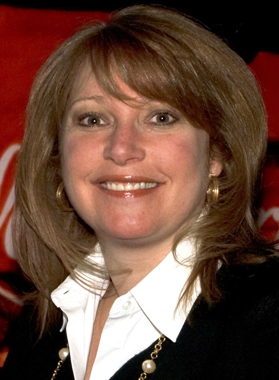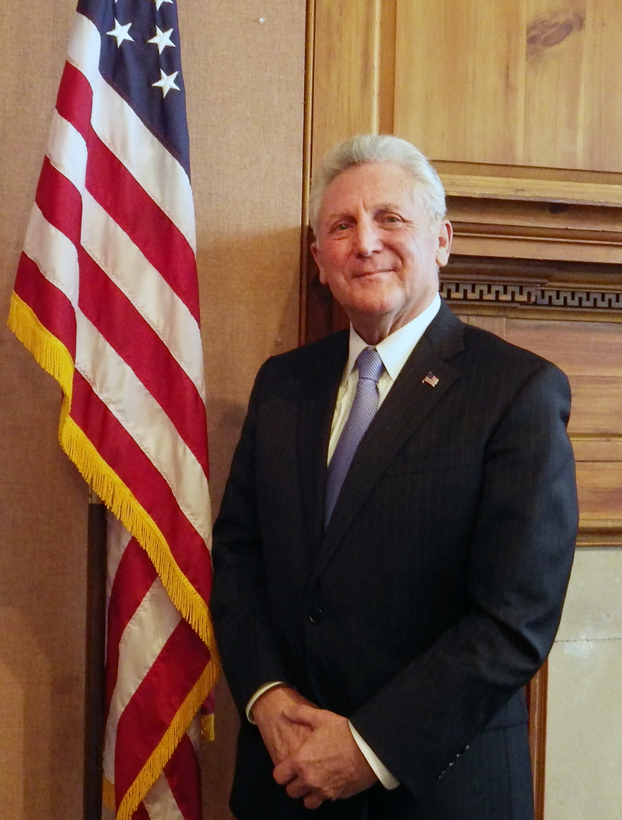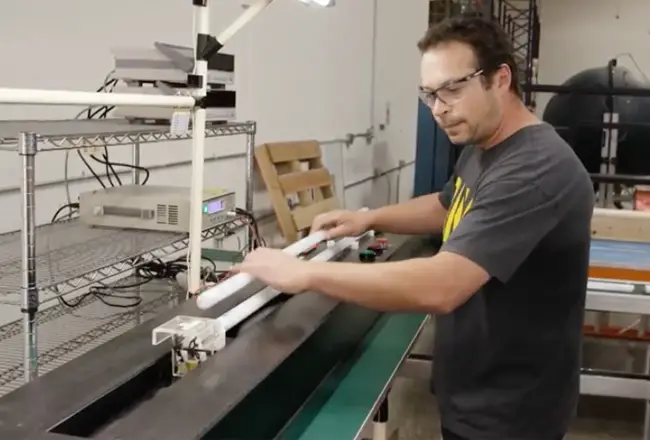In today”™s highly fragmented and technology-driven world, it is harder than ever to engage with consumers in a meaningful way. Catching and holding one”™s interest with visually driven and exciting activation elements is key. Experiential marketing is a great hands-on way to directly engage your audience and get them actively involved with your brand.

Experiential marketing can help companies to build and grow relationships, raise awareness of their products and services, increase customer loyalty and positive feelings about your brand, grow referrals, encourage product desire and trials and provide direct consumer insights.
A big part of experiential marketing is choosing events that successfully emphasize the company”™s mission while simultaneously bringing the brand to life ”” making the audience part of the action, rather than just an observer. Heineken has successfully done this with its Heineken House activations at the Olympics, U.S. Open, Major League Soccer, music festivals like Coachella and more. Heineken”™s”™s goal has always been to add value to the event that is already taking place rather than being a distraction and taking away from it.
Other companies can also achieve this with their audiences by keeping the following marketing strategies top of mind:
Define the story you want to tell. Your story and theme serve as your foundation, which must be relevant for the brand and the time. Your theme must authentically connect with your audience and the event and resonate with their needs at that given time. What works for one event certainly won”™t always work at the next type of event.
Always keep your audience in mind. Who is your target demographic for the specific event? What do they like to do? How can you enhance their experience onsite? Aim to develop an emotional connection with your intended audience and create opportunities in which they can interact with your brand in person. Remember that great first impressions are critical.
Ensure that your event staff are well briefed. Plan ahead and hold numerous staff training sessions prior to the event to ensure that your staff is well versed with the entire event, your company and its offerings. It”™s important to stay consistent with all of your messaging.
Tell the story comprehensively throughout the entire experience. Your goal should be to create an environment and not a set. Weave your story and theme through the entire event experience ”” from arrival and registration to your audience”™s departure and also via any pre-event and post-event communications.
Leverage social media. Before, during and after an event are all important times to engage with your guests through social media. Creating a branded hashtag to bring everyone together on social media is a great way to add a virtual aspect to your event. Most people are more than happy to share something really cool that they just did or experienced. Use social media as a benchmark for continuous outreach and ensure that you are capturing key insights in order to become more acquainted with your target audience. Creating a closer bond between the consumer and the brand comes from merging the two into a fun and memorable experience.
Measure the success of your event. You can measure the success of your event in a number of ways, such as the number of impressions, how many relevant consumers attended it, direct consumer feedback and insight, awareness level increased and more.
Lessons learned. Be sure to note any lessons learned for your future events as there”™s always room for improvement. It”™s best to have your team regroup shortly after your event when everything is still fresh in their minds.
When done right, experiential marketing can create wonderful and memorable interactions with your key audiences. One of the biggest challenges that you will face is to outdo yourself next time.
Pattie Falch is brand director for sponsorships and events at Heineken USA Inc. in White Plains, a subsidiary of Heineken NV. She can be reached at corporaterelations@Heinekenusa.com.





















